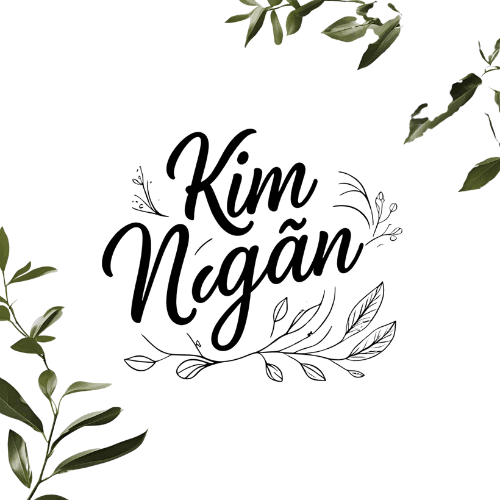Southern Vietnam – Where Rivers Flow and Life Slows Down
Southern Vietnam – Where Rivers Flow and Life Slows Down
A slow, heartfelt journey through Southern Vietnam — where rivers guide life, food holds memory, and time flows gently like the Mekong itself.
Some places move at the pace of traffic. Others, at the beat of commerce. But in Southern Vietnam, life moves at the rhythm of the river — slow, winding, and unhurried.
Growing up in the Mekong Delta, I used to believe that everyone woke up to the sound of paddles slicing through still water. That the scent of nước mắm and lemongrass in the early morning was just how the world smelled. That grandmothers always kept betel nut in their shirt pockets, and neighbors always came over without calling first.
Even now, living in Hồ Chí Minh City, that quiet rhythm still lives somewhere inside me. And every time we return to the South — whether it’s to visit family, wander through floating markets, or simply chase the taste of childhood — I feel that rhythm pull me back.
The South Doesn’t Rush. It Welcomes.
In the Mekong, there’s no need for show. People speak softly, smile easily, and cook slowly.
We once spent a morning in Cái Răng, floating between boats filled with pineapples, longans, and morning gossip. Vendors handed us breakfast — warm hủ tiếu in a plastic bowl, steam curling upward as the boat gently rocked. My husband tried to pay; the woman just laughed and waved us away. “For luck,” she said.
Later, as we drifted past a boat selling watermelons, a man sang cải lương — not to anyone, just to the river. It was imperfect, and beautiful.
A Land of Gentle Contrasts
Southern Vietnam is more than just the Delta. It’s the sun-kissed beaches of Phú Quốc, the salt fields of Bạc Liêu, and the rice paddies that shimmer like mirrors after rain.
It’s also Hồ Chí Minh City — chaotic, alive, electric — but even here, in the maze of motorbikes and noise, you’ll find quiet mornings in small alleys, where women sell xôi bắp under faded awnings, and men read newspapers with slow sips of cà phê sữa đá.
And then there are places like Châu Đốc, where the river meets Cambodia and cultures blend like spices in a pot. We once stopped at a small temple near the border, where a Khmer woman offered us lotus seeds and pointed us toward a prayer hall with both Buddha and Bodhisattva statues. “Here, we honor all,” she said.
The South is like that — generous, inclusive, and wide-hearted.
Memories Tucked into Banana Leaves
Some of my dearest memories aren’t of destinations, but of flavors.
The bánh tét my mother used to make for Tết — heavy with mung bean and pork, wrapped tightly in banana leaves, steamed overnight. The way she’d tap the side of the pot with a ladle and smile as the kitchen filled with that unmistakable smell of celebration.
The grilled snakehead fish eaten by the river, with fresh herbs and dipping sauce made from fermented fish. The late-night bowl of cháo trắng with dưa mặn, simple but comforting — especially during rainy season, when the power might flicker and the whole house smelled like wet earth.
In the South, food isn’t just sustenance. It’s memory. It’s language. It’s love without words.
If You Come to the South, Come With an Open Heart
You won’t find grand palaces here, or snow-capped mountains. But you’ll find warmth that sneaks up on you, like the afternoon sun on bare shoulders. You’ll find quiet resilience in the way people live with floods, with mud, with uncertainty — and still smile easily.
You’ll find that time doesn’t press here. It meanders, like the branches of the Mekong itself.
So don’t come to tick off places. Come to sit by a river. To eat something wrapped in leaves. To listen to a stranger’s story. To let the water remind you how to slow down.
🌿 Practical Notes
Best time to visit: November to March, when the air is dry and the water levels are ideal for boat trips.
Must-try dishes: hủ tiếu, bánh tét, cá lóc nướng trui, cháo trắng with pickled radish.
Local tip: In floating markets, come before 7 a.m. — after that, the magic begins to fade.
With a river in her heart,
Kim Ngân – storyteller of slow journeys
→ Also read: Central Vietnam – Where Time Moves Gently
